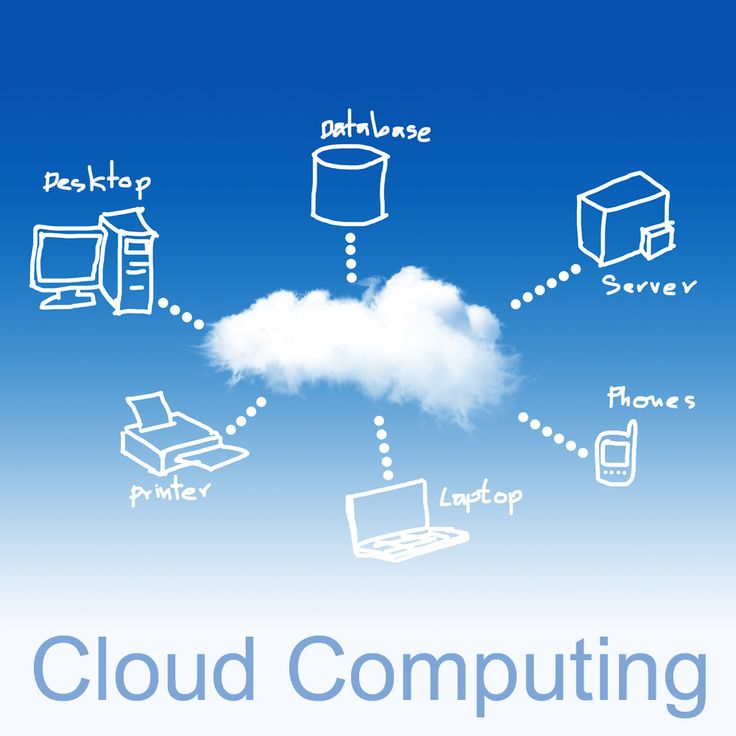When navigating the world of digital technology, terms like cloud services and cloud computing often surface. Although these concepts are intertwined, they represent different aspects of the cloud ecosystem. Understanding their distinctions is crucial for making informed decisions about which solutions best fit organizational needs.
What Are Cloud Services? Cloud services refer to a range of on-demand computing resources delivered over the internet, providing users with various capabilities without the need to own or manage physical infrastructure. These services include platforms and tools that allow users to access software, platforms, and infrastructure remotely, with prominent examples being Microsoft Azure, Google Cloud Platform, and Amazon Web Services. Cloud services can be categorized into three main types: Infrastructure as a Service (IaaS), which offers virtualized computing resources like virtual machines, storage, and networks (such as AWS EC2 and Google Compute Engine); Platform as a Service (PaaS), which provides a platform for customers to develop, run, and manage applications without handling the underlying infrastructure (such as Google App Engine and Microsoft Azure App Service); and Software as a Service (SaaS), which delivers software applications over the internet, typically via a subscription model (such as Google Workspace and Salesforce). The benefits of cloud services are numerous, including scalability, cost-efficiency, and accessibility, which allow businesses to focus on their core activities rather than IT management.
What is Cloud Computing? Cloud computing is the broader concept that encompasses the delivery of computing resources and services over the internet. It includes the various models and technologies used to provide on-demand access to computing resources, ranging from data storage solutions to complex computing environments accessible remotely. Key characteristics of cloud computing include on-demand self-service, where users can provision computing capabilities as needed without human intervention; broad network access, where resources are available over the network and accessible through standard mechanisms; resource pooling, where computing resources are pooled to serve multiple consumers with dynamic allocation based on demand; rapid elasticity, where capabilities can be elastically provisioned and released to scale according to demand; and measured service, where cloud systems automatically control and optimize resource use through metering capabilities, offering transparency for both the provider and consumer. The benefits of cloud computing include flexibility, cost savings, and the ability to quickly adapt to changing needs and environments.
Comparing Cloud Services and Cloud Computing : While cloud services and cloud computing are closely related, they differ in scope and focus. Cloud services are specific offerings within the broader cloud computing framework, representing practical implementations of cloud computing concepts. Cloud computing provides the underlying technology and infrastructure, while cloud services are built upon these technologies to offer specific functionalities. The cost structure of cloud services typically involves a pay-as-you-go model for the resources used, whereas cloud computing encompasses various pricing models depending on the resource and service type.
Real-World Use Cases : In real-world scenarios, cloud services and cloud computing manifest in various ways. For example, businesses utilize cloud storage solutions like Dropbox, email services like Gmail, and collaboration tools like Slack as cloud services. On the other hand, organizations leverage cloud computing for hosting websites, analyzing big data, or deploying machine learning models. These concepts complement each other as cloud computing provides the infrastructure and technology foundation, while cloud services offer accessible solutions built on this foundation.
Challenges and Considerations : Adopting cloud solutions involves navigating several challenges, such as ensuring data security and privacy, which requires robust measures and compliance with standards. Performance issues, like latency and service availability, can affect overall performance, necessitating careful management and optimization. Additionally, while cloud solutions offer cost benefits, managing expenses requires vigilance and a thorough understanding of pricing models.
The Future of Cloud Technologies : The landscape of cloud technologies is rapidly evolving, with emerging trends like multi-cloud strategies, serverless computing, and edge computing shaping the future. Innovations in cloud services are expected to enhance features and improve user experiences, while advancements in cloud computing, particularly in areas like AI, machine learning, and quantum computing, are likely to drive future developments.
How to Choose Between Cloud Services and Cloud Computing : When selecting the right approach, several factors should be considered, including organizational needs, budget, and desired outcomes. Decision-making tips include evaluating scalability, security, and support options. Best practices suggest leveraging a combination of cloud services and computing solutions to meet diverse needs effectively.
Cloud services and cloud computing are integral components of modern IT infrastructure. While they serve different purposes, their interplay creates a powerful and flexible technology ecosystem. Understanding their distinctions and applications can help organizations make strategic decisions to enhance their operations and achieve their goals.









Leave your reply